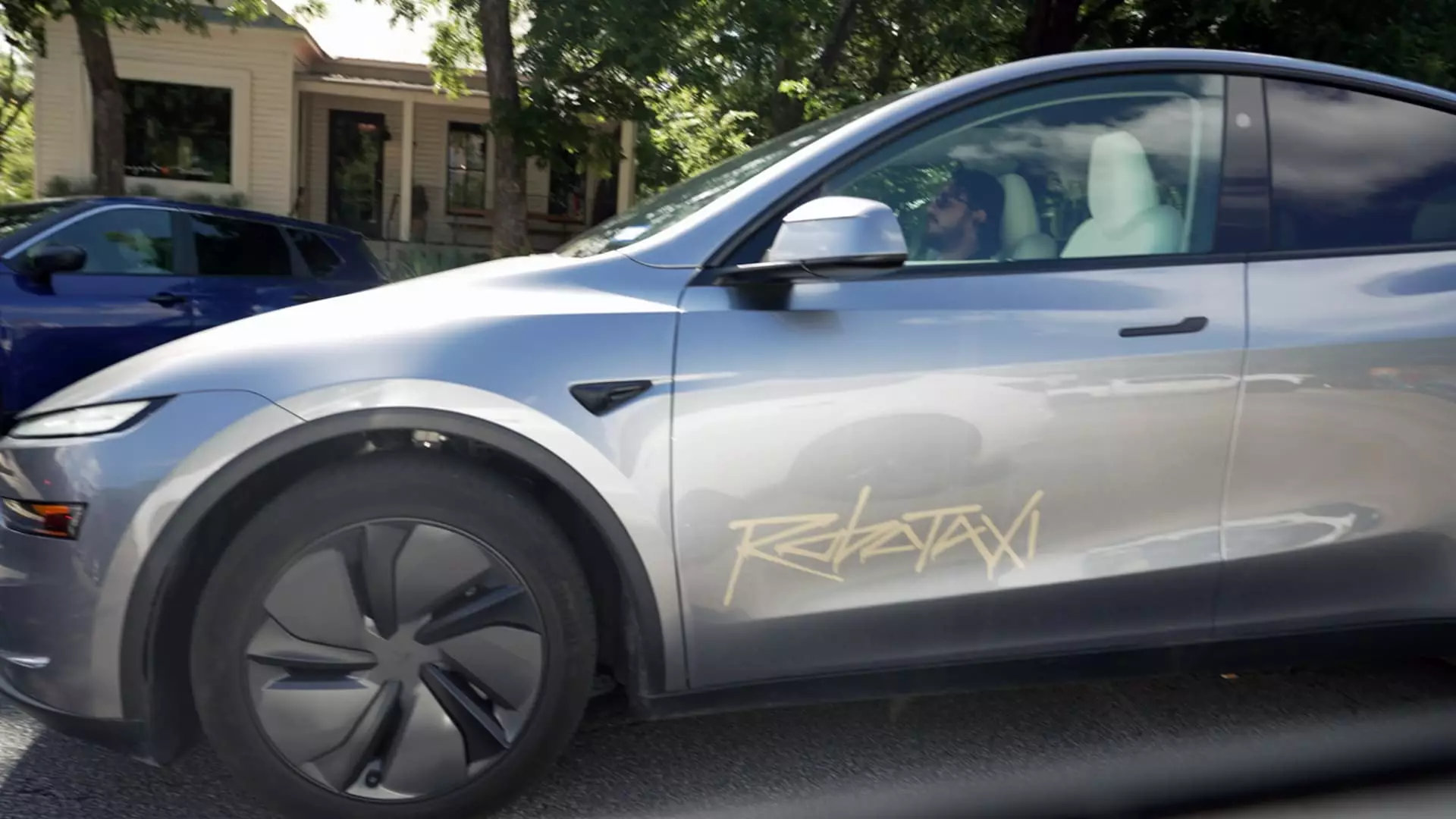Tesla’s recent application to test and deploy its Robotaxi fleet in Phoenix signals a pivotal shift in the quest for fully autonomous urban transportation. While Waymo has already established a solid foothold in Phoenix with a fleet of hundreds of driverless taxis, Tesla’s ambition to enter this market underscores a relentless drive to lead the autonomous vehicle revolution. Tesla’s approach—emphasizing cost-effective, camera-based systems—aims to democratize access to autonomous rides and challenge existing industry standards. For Tesla, this move isn’t just about technology; it’s about redefining how cities, commuters, and transportation infrastructure evolve in the coming decades.
Tesla’s expansion signifies a crucial strategic effort to compete directly with Waymo, which currently dominates the Phoenix self-driving landscape. It’s a bold assertion of Tesla’s technological capabilities and its belief that lower-cost sensors can rival more expensive lidar-dependent systems. This move aligns with Elon Musk’s overarching philosophy of innovation driven by simplicity, aiming to make autonomous vehicles more economically accessible and scalable. The Phoenix market, with its diverse urban landscape, affords an ideal testing ground for Tesla’s self-driving ambitions—and signals their readiness to refine their systems in real-world conditions.
Challenges and Controversies on the Road to Autonomy
Tesla’s journey into autonomous taxis is fraught with complexity, both technical and regulatory. The Austin pilot, which saw Tesla deploying Model Y SUVs with their latest autopilot hardware, has already faced scrutiny after incidents captured by onlookers surfaces on social media. These incidents highlight the crucial distinction between Tesla’s vision of “full self-driving” and the real-world limitations of current autonomous technology. Critics argue that Tesla’s reliance on cameras alone may compromise safety, especially when compared to competitors utilizing multi-sensor systems—like lidar—which offer more comprehensive environment perception.
Moreover, incidents—such as the collision involving a Tesla Robotaxi outside a restaurant—cast doubt on the maturity of Tesla’s autonomous systems. While Musk remains optimistic, promising rapid expansion to California and other regions, regulatory authorities like the NHTSA scrutinize Tesla’s safety practices and marketing claims. The ongoing legal battles and regulatory restrictions exemplify the fraught path Tesla must navigate to actualize its vision of driverless taxis on a broad scale.
Tesla’s controversial reputation is further compounded by the company’s past overstatements of autonomous capabilities. The lawsuit by California’s DMV accusing Tesla of false advertising underscores the tension between company claims and reality. The public perception of Tesla’s autonomous tech has been both eager and skeptical—highlighting a fundamental challenge: technology must not only function but be perceived as safe and reliable for mass adoption.
My Perspective: Tesla’s Pioneering Spirit Meets Harsh Realities
Despite setbacks and regulatory hurdles, Tesla’s push into Phoenix epitomizes the unyielding spirit of innovation that has characterized Elon Musk’s ventures. The company’s willingness to experiment, take risks, and challenge the status quo is commendable. However, this aggressive pursuit should not diminish the importance of safety and transparency. Tesla has the potential to revolutionize urban transit and reduce congestion, but only if its autonomous systems are rigorously validated and perceived as trustworthy.
Tesla’s reliance on a minimalist sensor suite raises questions about scalability and safety. While cost reduction is vital for mass adoption, it must not come at the expense of passenger and pedestrian safety. The accidents captured on social media serve as a reminder that autonomous vehicles must operate seamlessly and predictably before they can be fully trusted by the public and regulators alike. Tesla’s future depends on balancing rapid deployment with meticulous safety assurances—a challenge that Musk and his team must confront head-on.
In the final analysis, Tesla’s entry into Phoenix’s autonomous landscape is more than a strategic move; it’s a bold declaration of intent to dominate the future of mobility. The outcome will hinge on Tesla’s ability to learn from past incidents, gain regulatory approval, and foster public confidence. If successful, Tesla could accelerate the global shift toward driverless transportation, fundamentally altering how we view urban travel. The world watches closely—not just out of curiosity, but out of anticipation for a new era where autonomous taxis become the norm rather than the exception.

